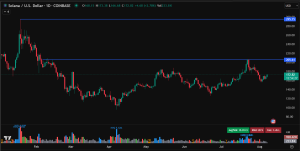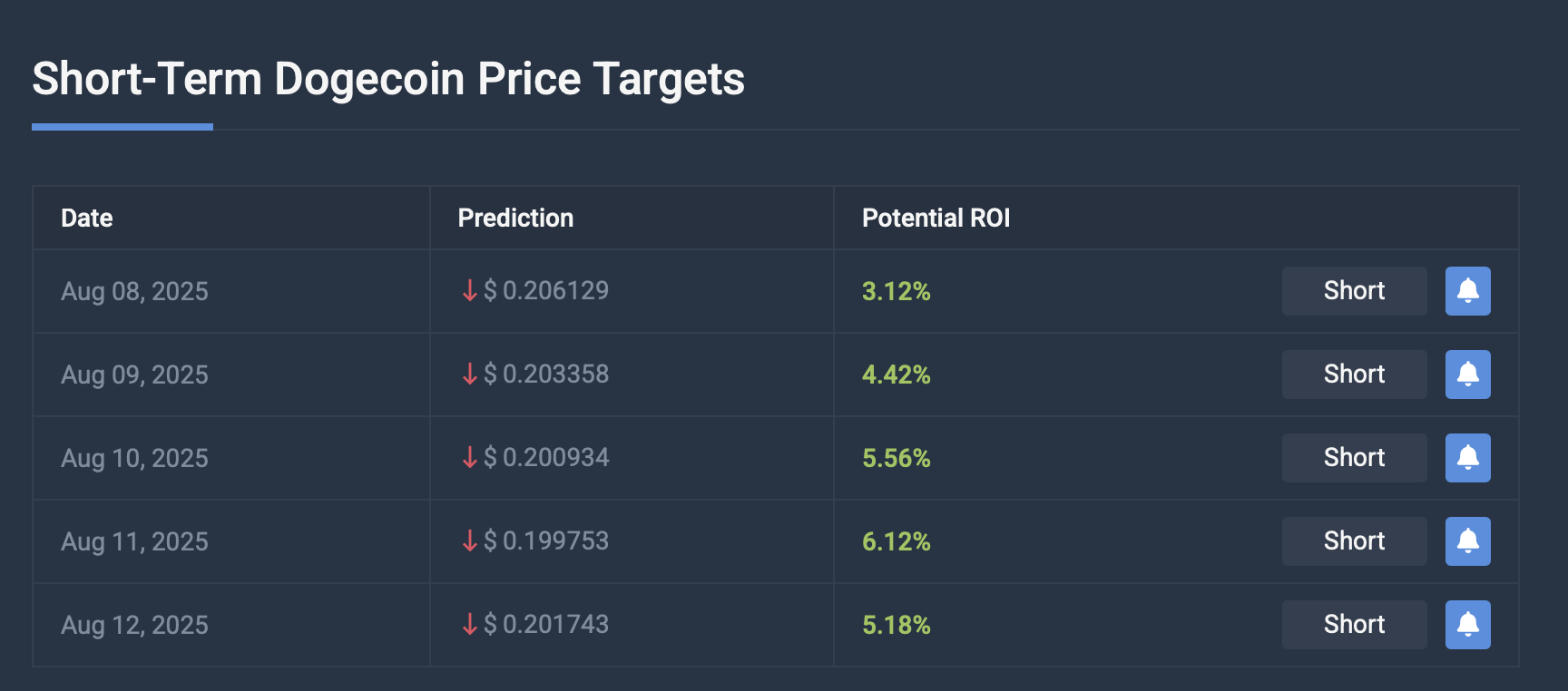Ethereum Surpasses 2021 Activity Milestone as DeFi Drives Growth
Ethereum’s network activity reached a new milestone in early 2025, with daily transaction volumes hitting an average of 1.74 million across a seven-day period, surpassing the previous record from May 2021 [1]. This surge reflects a broader resurgence in Ethereum usage, marked by a significant increase in active wallet addresses, with over 683,000 unique wallets recorded on August 5, nearing the historical high of 743,000 [1]. July 2025 emerged as the most active month for Ethereum, with nearly 47 million transactions recorded across the network [1].
The revival in decentralized finance (DeFi) has played a central role in driving this growth. According to Presto Research’s Min Jung, the resurgence of yield-hunting strategies, treasury movements, and stablecoin-fueled farming have been major contributors to the increased on-chain volume [1]. Ethena’s USDe stablecoin, which now holds a $9 billion market cap, has been instrumental in this trend following its integration with Aave [1].
Institutional interest in Ethereum is also on the rise. Vincent Liu, CIO of Kronos Research, attributed this renewed enthusiasm to increasing regulatory clarity in the U.S. and sustained accumulation by large investors [1]. Publicly traded companies now hold over $7.5 billion in Ethereum, further cementing its role as a balance sheet asset [1]. The anticipation of potential Ethereum staking ETF approvals has added to the optimism surrounding the network’s future [1].
Developers and users are returning to Ethereum in significant numbers, drawn by its established infrastructure, low gas fees, and the proliferation of improved Layer 2 scaling solutions. The platform is attracting a new wave of DeFi projects that are leveraging its robust smart contract capabilities to offer innovative financial services, including yield farming, tokenized assets, and staking opportunities [1]. This has led to a noticeable increase in total value locked (TVL) and user participation across multiple protocols.
Ethereum’s ability to attract both retail and institutional participants is further demonstrated by its growing adoption as a foundation for decentralized applications. The rise in active addresses indicates a strong user base and highlights Ethereum’s continued dominance in the smart contract space, despite the emergence of faster and cheaper alternatives [1]. Developers are choosing Ethereum for its composability, security, and the vast ecosystem of existing dApps that can be integrated into new projects.
The DeFi revival has also spurred innovation in tokenomics and governance structures. New projects are experimenting with incentive models designed to attract liquidity and boost user engagement. These developments have broadened the scope of DeFi, with offerings ranging from traditional lending and borrowing platforms to experimental financial products like synthetic assets and prediction markets [1].
Strategic upgrades and the ongoing adoption of Ethereum’s upcoming consensus layer are also contributing to the network’s momentum. These improvements are expected to further reduce transaction costs and enhance energy efficiency, reinforcing Ethereum’s position as a key infrastructure for the decentralized web [1].
Source:
[1] https://coinmarketcap.com/community/articles/6894cea18030603f49f39354/Source link
Written by : Editorial team of BIPNs
Main team of content of bipns.com. Any type of content should be approved by us.
Share this article:









